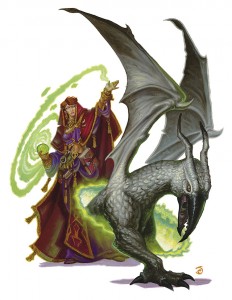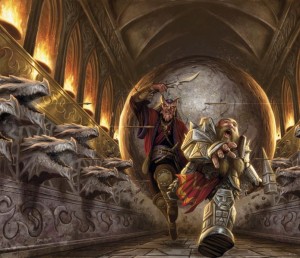Generally the definition of what constitutes an encounter is not something that is up for debate. During an encounter the PCs engage a bunch of monsters, perform a skill challenge, or some combination of the two. When the encounter is over the PCs have the opportunity to take a short, 5-minute rest after which they regain encounter powers, heal wounds by expending healing surges and move one step closer to achieving a milestone.
In a recent game we ran into a situation where this standard definition of encounter was questioned. As the DM I choose to make a few calls on the fly to keep the action moving. Afterwards the group spent a lot of time discussing whether or not we handled the situation correctly. The intent was not to critique the DM or the calls made at the time; rather we wanted to lay some groundwork just in case we ever found ourselves in a similar situation again.
After describing the situation to a few other DMs, I learned that our situation was not as unique as we thought and a lot of other groups had experienced similar circumstances themselves. As it turned out, no one was sure what the correct course of action was. Knowing that this situation might occur again at our table and that it may happen at your table (if it hasn’t already) I’m putting this conundrum to you, our readers. I’ll explain what happened and how we handled the situation. I’m looking for you input and feedback on our rulings.



